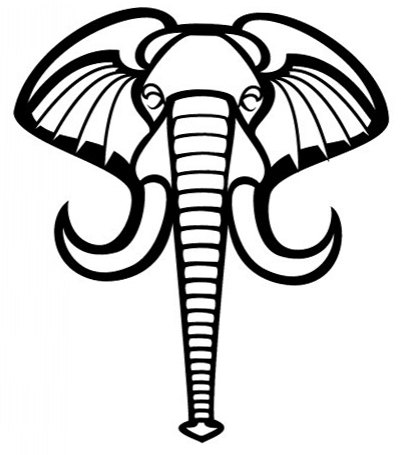 African ivory has always been preferred over Asian (or Indian) ivory for a number of reasons. These reasons suggest why nearly everything found in older ivory items of higher quality were almost certainly from African animals. In fact, even a lot of worked ivory from India arose from material first imported from African sources. Despite this, these pieces entered Western markets as “Asian” ivory.
African ivory has always been preferred over Asian (or Indian) ivory for a number of reasons. These reasons suggest why nearly everything found in older ivory items of higher quality were almost certainly from African animals. In fact, even a lot of worked ivory from India arose from material first imported from African sources. Despite this, these pieces entered Western markets as “Asian” ivory.
True Asian ivory was considered inferior by craftsmen because the tusks were much smaller. Their higher density made it much harder to polish, was markedly more brittle, and more prone to yellowing with age. Thus, Asian material was more likely to be found in lower grade works such as tourist trinkets, while almost all serious artistic work used African tusks. Even then, ivory buyers and workers tended to avoid using tusks taken from East African and Zanzibar elephants because these were too soft. Tusks originating in French Sudan were also avoided; they had color differences that gave a mottled appearance in the finished work.
There are ways, short of DNA testing, to distinguish African from Asian ivory. Asian ivory tends to have a pinkish tint that is absent in African ivory. In addition, the cross hatching grain marks (Schreger angles) in Asian ivory have sharper peaks, but are not as pronounced as those in African ivory and tend to zigzag. Like differentiating ivory from bone, experienced experts get it right nearly all the time.
The basic point is that it is almost certain that antique ivory pieces in collections today are African ivory in origin — and the need to differentiate between African and Asian ivory is probably moot.
By: Godfrey Harris directs the Political Action Network of the International Ivory Society.